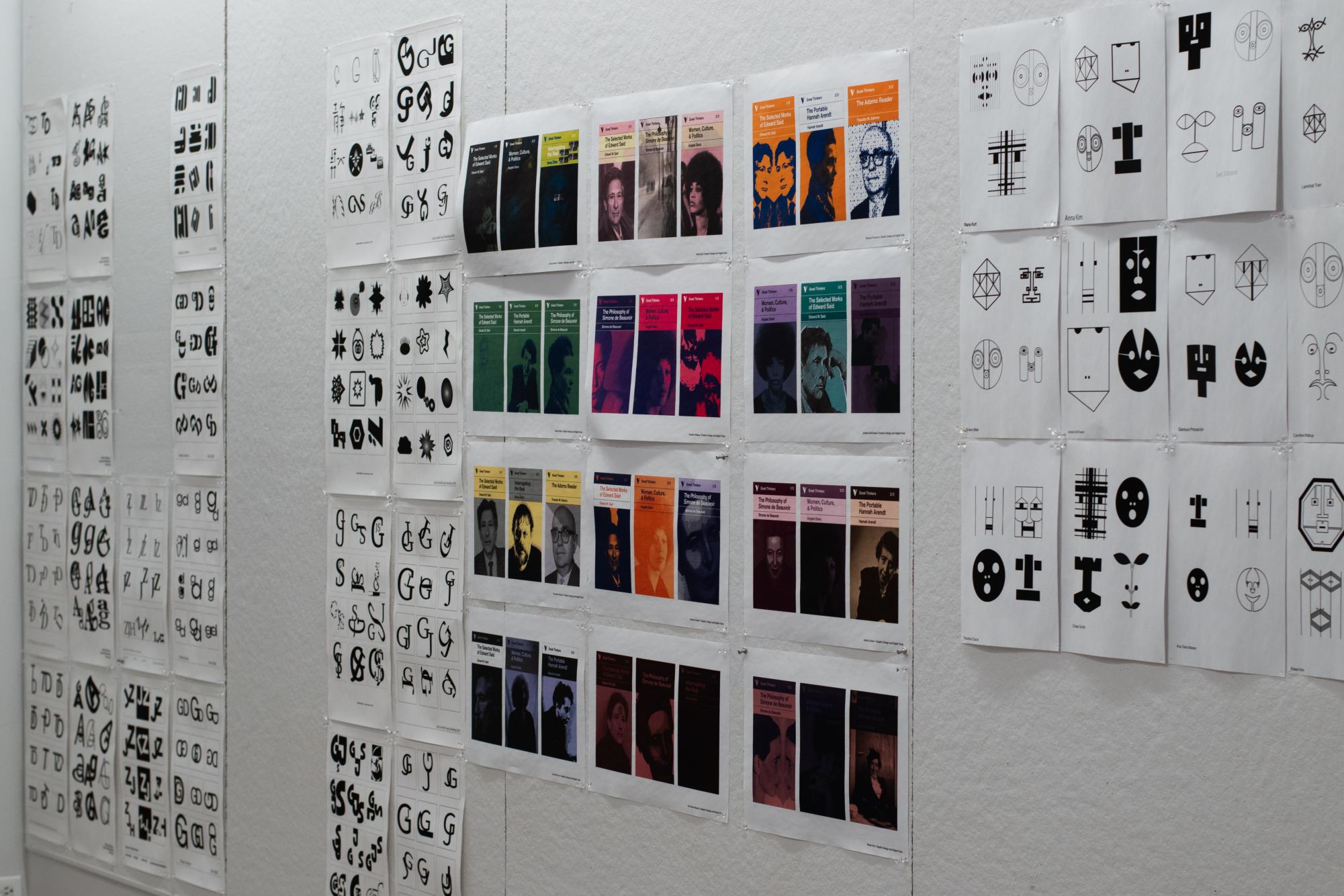Most students and recent graduates understand the importance of a strong resume for securing interviews. However, many are unaware that their initial "reader" isn't a recruiter or hiring manager—it's software. Applicant Tracking Systems (ATS) are utilized by the vast majority of medium and large employers to sort, rank, and filter job applications.
This means your resume must first pass the machine test before it can impress a human. If it isn't ATS-friendly, it might never be seen. But don't worry: optimizing your resume for ATS isn't about tricking the system or stuffing it with jargon. It's about making your skills and experiences clear, structured, and relevant. Here are eight resume hacks to help you beat applicant tracking systems and get noticed by employers.
1. Use Keywords That Match the Job Description
One of the biggest factors ATS software considers is alignment between your resume and the job posting. If the description mentions "customer service" experience, and your resume says "client relations," the system may not make the connection.
The hack is to mirror the employer's language. Skim the job description, highlight recurring terms, and incorporate those exact words naturally into your resume. For example:
- Job posting asks for "event coordination" → Resume should say "coordinated events"
- Job posting lists "Excel proficiency" → Resume should say "Microsoft Excel" (not just "spreadsheets")
By using the same language as the posting, you signal to both the ATS and the recruiter that you're a strong match.
2. Keep Formatting Clean and Simple
It's tempting to use flashy templates with colors, graphics, and text boxes to make your resume stand out. But with ATS, such designs can cause your resume to disappear.
ATS software reads resumes like scanners, extracting text from top to bottom. Elements inside tables, columns, or graphics can confuse the system, leading to improper scoring.
The hack? Stick with straightforward formatting:
- Use a single-column layout
- Choose fonts like Arial, Calibri, or Times New Roman
- Bold headings for clarity (e.g., "Experience," "Education")
- Save as a Word file (.docx) unless the employer requests a PDF
Think of your resume as a digital text document—clarity always wins.
3. Ditch Images, Icons, and Logos
Some students add headshots, employer logos, or skill icons to their resumes. The issue is that ATS can't read images. That attractive Adobe logo or your headshot will be completely invisible to the system.
The hack is simple: go text-only. Describe your skills and experiences with words instead of relying on visuals. If you want to showcase creativity, link to an online portfolio, but keep the resume itself plain and ATS-friendly.
4. Spell Out Acronyms (At Least Once)
ATS systems aren't as adept as humans at interpreting abbreviations. Writing "MS Excel" might not register as proficiency in Microsoft Excel, and "RA" may not be recognized as "Resident Assistant."
The fix? Spell out acronyms at least once and include the short form. For example:
- "Microsoft Excel (MS Excel)"
- "Resident Assistant (RA)"
- "Search Engine Optimization (SEO)"
This ensures you get credit regardless of which version the ATS is searching for.
5. Optimize Your Job Titles for Clarity
Employers don't always assign student jobs or internships titles that align with industry standards. For instance, "Campus Brand Ambassador" might not sound relevant, but tweaking it to "Campus Brand Ambassador (Marketing Intern)" can make it more recognizable.
The hack: add clarifying details to unconventional job titles. Stay honest—never fabricate—but adjust wording so the system and recruiter understand the role's context.
6. Avoid Keyword Overstuffing
Once students learn that ATS relies on keywords, some overload their resumes with every skill word imaginable, even copying the entire job description or repeating keywords excessively.
The problem? ATS systems are designed to detect unnatural keyword stuffing. Even if it passes, recruiters will notice the overkill.
The hack: balance keywords with readability. If a job requires "project management," weave it in naturally a couple of times—once in your skills section and once in your experience. Always write for the human reader after the system.
7. Save in ATS-Friendly Formats
Even a perfectly written resume can be hindered by the wrong file type. While PDFs are more accepted now, some older ATS software still struggles with them. Word documents (.docx) are the safest option.
Unless the job posting specifies a PDF, the hack is to submit a Word document. This ensures your text is read cleanly without formatting issues.
8. Tailor Every Resume You Send
This might be the most crucial hack. A generic, one-size-fits-all resume rarely succeeds. Each job has unique requirements, and ATS systems are designed to identify matches.
The hack is to customize your resume for every application. You don't need to rewrite it entirely; small adjustments like reordering bullet points, tweaking phrasing, or inserting relevant keywords can significantly boost your match score.
It requires more effort, but tailoring shows employers you care about highlighting what's most relevant to them, greatly increasing your chances of being noticed.
Why These Hacks Work
ATS software isn't out to trick you; it helps recruiters sift through numerous applications by surfacing the most relevant ones. Without proper formatting and phrasing, qualified candidates can be filtered out before a human sees them.
By applying these eight hacks—matching keywords, simplifying formatting, spelling out acronyms, and tailoring for each job—you'll not only beat the system but also present yourself more clearly to recruiters.
Your resume is more than a document; it's a bridge connecting your academic and early work experiences to desired opportunities. If the bridge is shaky, employers won't cross it. But if it's solid, clear, and ATS-optimized, you'll have a fair shot at reaching the interview stage.




Comments
Join Our Community
Sign up to share your thoughts, engage with others, and become part of our growing community.
No comments yet
Be the first to share your thoughts and start the conversation!